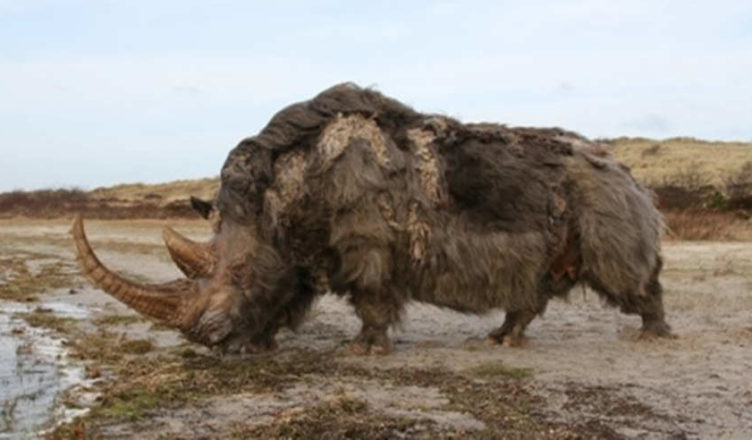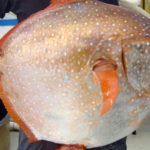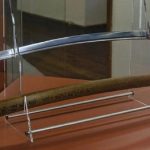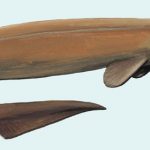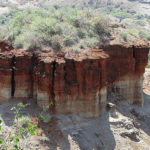The woolly rhino is not just known from fossils but also from the innumerable cave paintings which have been discovered. There was also one animal which was fully preserved in Siberia that helped scientist to study its shape and size accurately. But, still not much is known about how it lived or why there are different physical features in paintings at caves in different regions.
The woolly rhino is one of the giant animals which lived along with the woolly mammoth and other large animals. They are believed to have lived during the epoch before the last one. The colder regions were their most natural habitats. However, many fossils have also been found in warmer regions of the earth suggests that they must have adapted themselves to live in these regions too.
There are quite a few adaptations for the woolly rhino which helped it survive in the ecosystem that it lived.

(1) The thick woolly coat is probably the most prominent feature which helped the woolly rhino live in the cold Palearctic region along with the other giant animals.
(2) The short thick limbs were ideal for a life in the steppe-tundra which was its place of living.

(3) The animal has two horns which are its next best feature which had multiple uses. The horns were used for defending itself from considerably bigger animals which existed then and from predators.
(4) The horns were an aid to attract the other sex for mating. Seeing evidence that the reproduction was slow with each female only giving birth to one calf at a time, it was probably necessary to mate more often and with more partners to ensure the survival of the species.

(5) The anterior horn was longer than the posterior horn. The rhino’s main food was grass and low growing plants. The long horns must have helped it forage for food. It would have helped in removing snow to find the vegetation beneath it.
(6) Thick large lips of the woolly rhino helped it pull in large amounts of grass which were its staple diet.

(7) The absence of incisors on both the jaws is believed to aid its eating more of grass. It helps to pull in the grass in whole rather than cut them. This helps in ingesting large amounts of food.
(8) The presence of a lot of teeth on the jaws helped it to masticate large amounts of grass in one time helping to ingest huge volumes of food that it needed for its survival.

(9) The woolly rhino had a large stomach which shows that it ate large amounts of food at one time. As the main diet was grass which was rich in cellulose but poor in protein, the large animal had to consume large quantities of food to give it the necessary nutrition.
(10) Probably the best adaptation of the woolly rhino was its ability to change itself to live in warmer regions as the earth warmed. The rhino has been found to have lived in the warmer regions of the earth.
